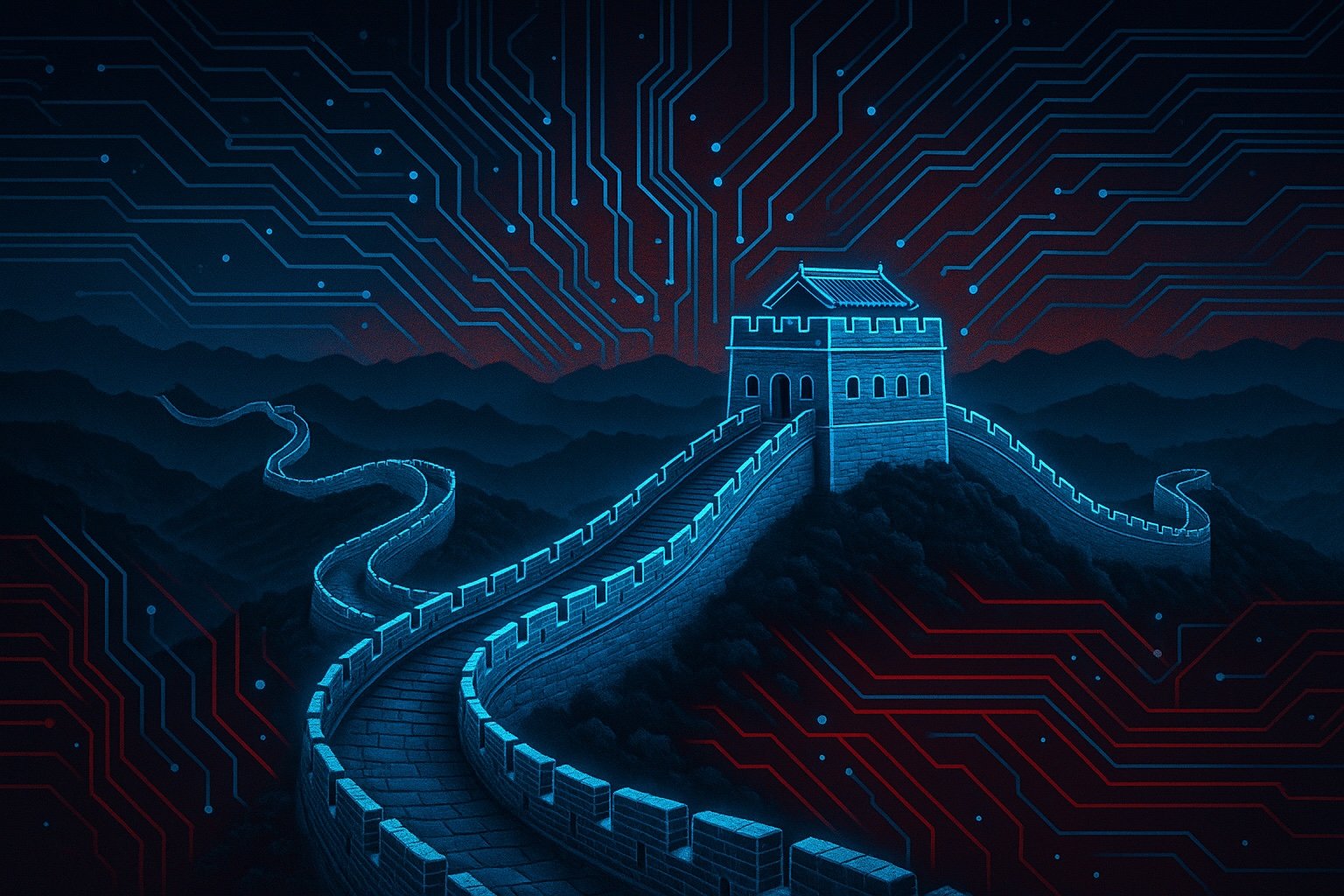Artificial intelligence has quietly become the most transformative force in modern intelligence work. What once required teams of analysts, field officers, linguists, and technical specialists can now be accelerated—or entirely performed—by machines capable of processing more information in a day than human teams could manage in months. Intelligence agencies around the world understand this shift, and a new arms race has begun: the race to automate, accelerate, and out-predict adversaries through AI-driven intelligence collection.
For decades, intelligence dominance was defined by access—access to human sources, to signals, to satellites, to classified networks. Today, dominance is increasingly defined by speed. Whoever can collect, process, and interpret the world’s information fastest gains strategic advantage long before a crisis reaches the surface.
AI has become the engine behind this transformation. Large-scale models now scan social media, surface-level internet, darknet forums, geospatial feeds, financial networks, and even linguistic patterns, generating insights that traditionally required entire intelligence units to produce. These systems recognize anomalies across millions of data points, trace connections between obscure actors, and flag emerging threats without needing to sleep, refocus, or emotionally decompress after difficult cases.

But the shift isn’t just about volume or speed. It’s about the nature of intelligence itself. AI has begun to blur the line between collection and analysis, where machines not only gather raw information but also interpret it, summarize it, and even project likely outcomes. Intelligence work is becoming predictive in a way that was always theorized but never optimized—until now.
This doesn’t diminish the role of human analysts; it redefines it. The new challenge is not finding the needle in the haystack but determining which of the 10,000 machine-generated needles truly matter. Human judgment becomes more valuable, not less—but only when paired with systems that can shoulder the impossible workload of modern information environments.
Still, the technology carries significant risks. Automated analysis can be manipulated through data poisoning. Adversarial actors can inject false signals into the public ecosystem to mislead AI systems. Models trained on compromised or incomplete datasets can reach confident but deeply incorrect conclusions. Intelligence agencies now fight on two fronts: defending their own models while attempting to penetrate—or confuse—the models used by adversaries.
AI-driven intelligence collection is no longer a future concept. It is happening in real time, reshaping national security planning, cyber operations, counterintelligence strategy, and even foreign policy decision cycles. The outcome is a world where the first strike is often informational, and the first warning may come from a machine that recognized a pattern no human analyst ever noticed.
As this technological race accelerates, one truth becomes unavoidable: the side that masters automated intelligence—not just in collection but in resilient, tamper-proof analysis—will shape the strategic balance of the next decade. And that balance is already shifting.




